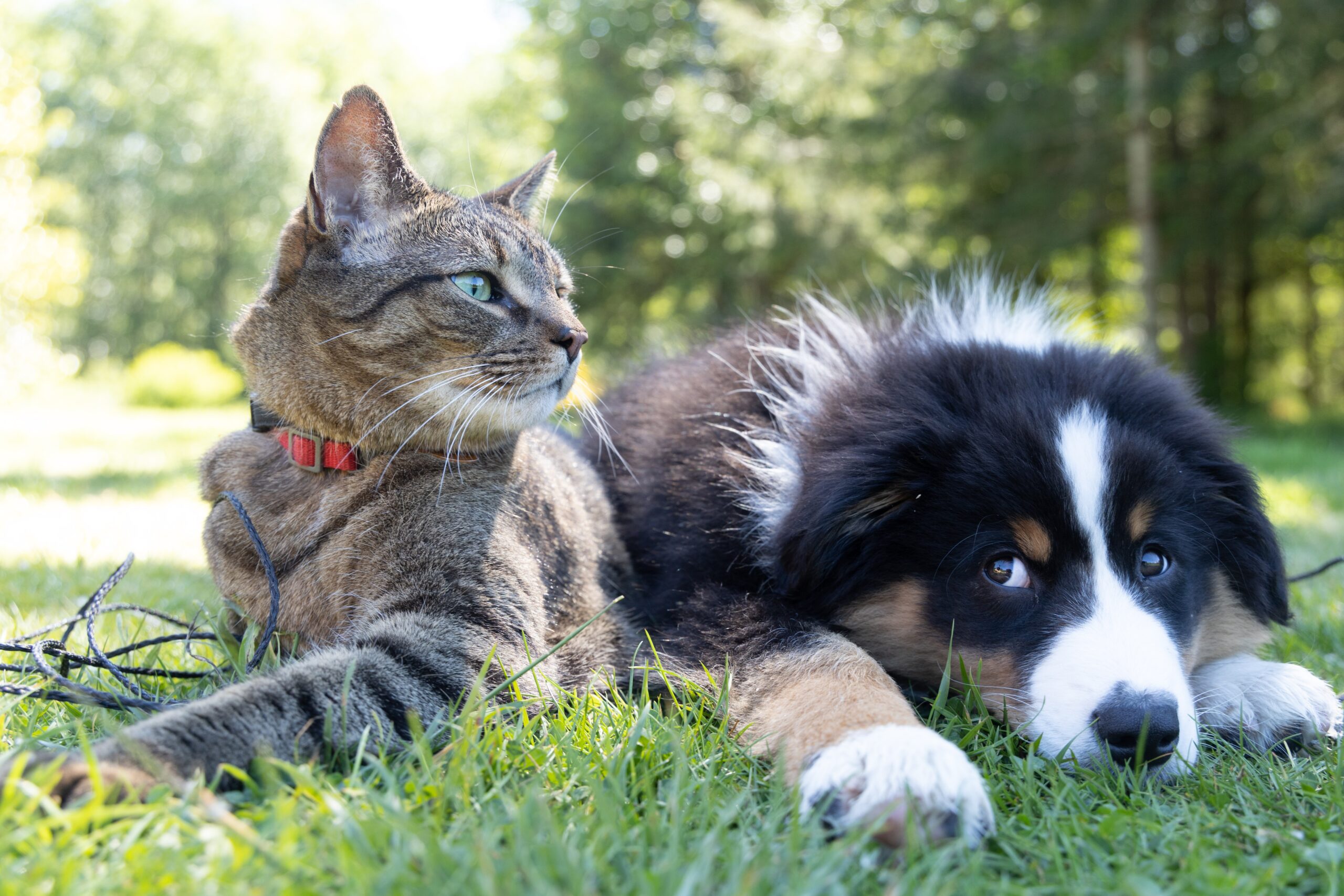
Fleas: the nemesis of pet owners worldwide. These tiny, agile pests can make life miserable for your furry friends and can quickly infest your home if left unchecked.
To manage these pests, it’s essential to know the different control methods available, which include both chemical and natural strategies. Let’s delve into these two categories, comparing their effectiveness, safety, and ease of use.
Chemical methods rely on pesticides and insecticides specifically designed to kill fleas at various life stages. Below are some common chemical methods used today.
Spot-on treatments, such as Frontline and Advantage, are one of the most popular chemical flea control methods. They contain insecticides like fipronil or imidacloprid that kill adult fleas. Some also contain insect growth regulators (IGRs) that target the larvae and eggs.
These treatments are applied to the pet’s skin, usually at the back of the neck, and are absorbed into the body to provide protection for around a month.
Oral medications, such as Capstar and Comfortis, kill adult fleas by interfering with their nervous system. These pills are given to pets monthly and begin killing fleas within 30 minutes of ingestion. Some oral treatments also contain IGRs to prevent the development of new fleas.
Flea collars, like the Seresto collar, release pesticides that kill fleas on contact over several months. The active ingredients, such as flumethrin and imidacloprid, are embedded in the collar and gradually released onto the pet’s skin.
While chemical methods are typically very effective at killing fleas, they are not without drawbacks. They can cause side effects in some pets, including skin irritation, vomiting, and in rare cases, neurological issues. Furthermore, some fleas may develop resistance to these treatments over time.
Natural methods for flea control use non-chemical means to deter or eliminate these pests. While they tend to be safer than chemical methods, their effectiveness can vary.
Diatomaceous earth (DE) is a fine powder made from fossilized aquatic organisms known as diatoms. The razor-sharp edges of DE can cut through the flea’s exoskeleton, causing it to dehydrate and die. While DE is non-toxic to mammals, it must be used carefully to avoid inhalation, which can irritate the respiratory tract.
Certain essential oils, such as cedarwood, peppermint, and lemongrass, have been found to repel or kill fleas. These oils can be mixed with water to create a spray for use on pets and around the home. However, some oils can be toxic to pets if ingested or applied undiluted, so it’s crucial to use them safely and consult with a veterinarian before use.
Beneficial nematodes and ladybugs can be used to control fleas in outdoor environments. These organisms feed on flea larvae, thereby disrupting their life cycle. This method is environmentally friendly, but it’s less practical for indoor infestations.
While natural methods can be a good option for pets or owners sensitive to chemical treatments, they are typically less potent and require more frequent application than chemical methods.
In the battle against fleas, both chemical and natural methods have their place. Chemical methods generally offer stronger, longer-lasting protection, but they may carry risks of side effects. Natural methods are typically safer but may require more effort to be effective.
It’s important to remember that each pet and home environment is unique, and what works best for one may not work as well for another.
Always consult with a veterinarian before starting any new flea control regimen to ensure it’s appropriate for your pet’s health and lifestyle. After all, the ultimate goal is to keep our furry friends happy, healthy, and flea-free.
Back